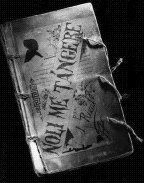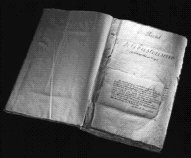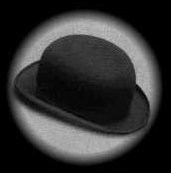
alamba, Laguna -- On the 19th of July, 1861, before midnight struck, Jose Protacio Mercado Rizal Alonzo Realonda, better known as Jose Rizal, was born.

Even as a child, Rizal was a lover of literary arts. When he was but 7 years old, he wrote a play that was staged during the town fiesta. His mother, Teodora Alonzo, noticed his interest in literature. Encouraged by her support, Rizal wrote his renowned poem entitled "Sa Aking Mga Kabata" at 8.
He studied at the Ateneo de Manila University (then known as Ateneo Municipal de Manila) and at the University of Santo Tomas. During this time, he wrote poems, plays, and other literary pieces; he joined contests and emerged as the winner several times. Going into novels was inevitable.
Inspired by Harriet Beecher Stowe's Uncle Tom's Cabin, which blatantly exposed in its pages the white Americans' abusive treatment of their black slaves, Dr. Jose P. Rizal decided to write a novel that, similarly, tells of the vicious and ghastly treatment his people had to put up with in the hands of the Spanish authorities.
At first, it was agreed that the persons who knew about the project would contribute writings of their own which would then make up the novel. This idea was never put to reality, however, because all they wanted to write about were women. Rizal subsequently opted to complete the novel on his own.
And so before the conclusion of 1884, Rizal set to work writing his novel in Madrid, Spain. He finished half of the novel's first part before he went to Paris. There he continued writing, until he finished half of the second part. He then proceeded to Germany and finally completed the novel.
Unfortunately, for years, there was not enough money to have his work published. It was on March 29, 1887 when finally, the first 2,000 copies of his novel were published.
Then commenced the awakening of the Philippine society.
On October 1887, when he went back home to Calamba after his trip to Europe, Rizal started writing his second novel, entitled El Filibusterismo. The ideas he had for his novel underwent drastic changes when he went to London. He heard about the oppression of his family by the Spanish friars; the problems of the Calamba farmers that he fought to solve were never gotten over with. Rizal then considered the idea of revolution. Only then did he consider the idea. His frustration and anger are evident in his Fili character, Simoun who secretly plotted a revolution against the Spanish government.
Rizal's second novel took a long time to get published, as did his first novel, Noli Me Tangere. The reason was pretty much similar - the lack of financial resources. Just when Rizal was about to give up and burn his writings - an idea that was at the back of his mind - Valentin Ventura heard about his plight and offered to shoulder the financial burden. Thus the novel was published on September 18, 1891.



